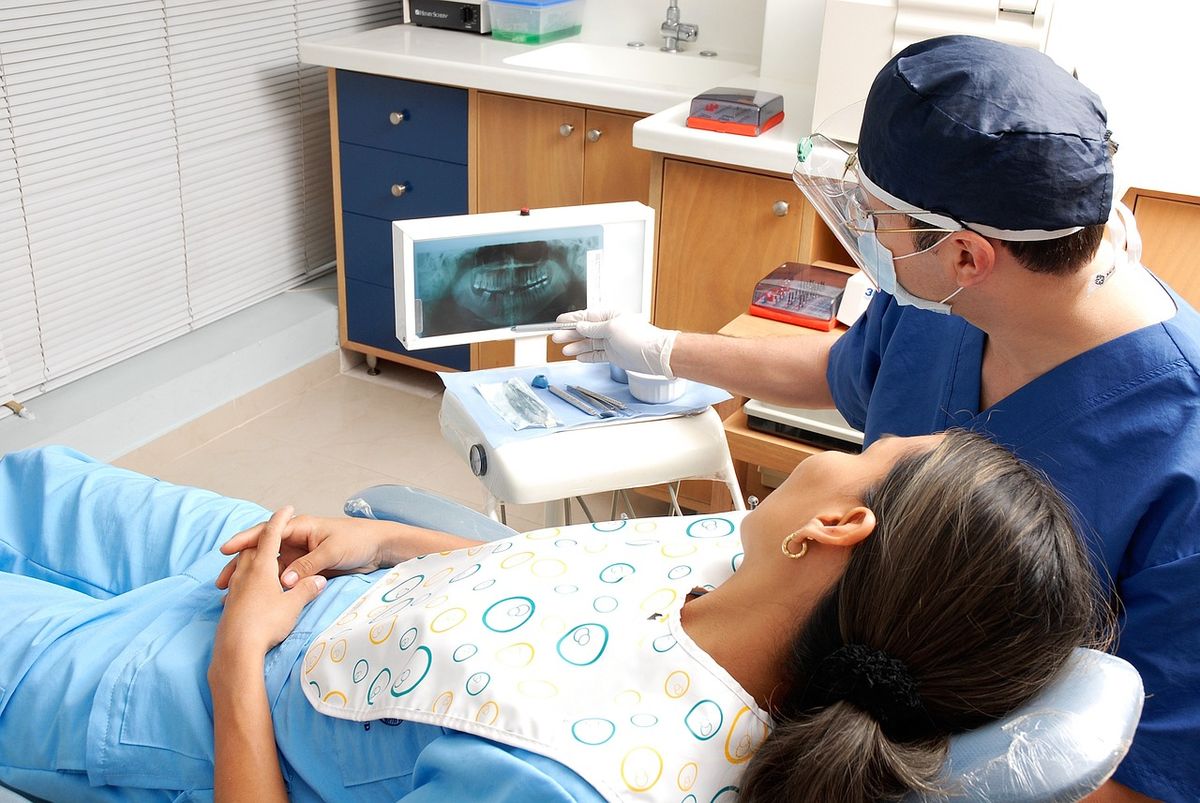and the distribution of digital products.
DM Television
How technology is transforming private dental care

Technology has revolutionised many industries and continues to transform the private dental care sector. From digital imaging and 3D printing to laser dentistry, teledentistry and artificial intelligence, new innovations are changing the way dental professionals diagnose, plan and deliver treatments. This digital transformation has brought many benefits for both dentists and patients.
Digital imaging and 3D printingDigital X-rays and intraoral cameras provide dentists with instant, high-quality images that are easier to store and share than conventional film x-rays. This gives a more accurate picture of a patient’s oral health. 3D imaging like cone beam CT scans also offer detailed 3D views that aid diagnosis and treatment planning.
3D printing has allowed dentists to create highly accurate surgical guides, custom dental implants, aligners and prosthetics. This improves precision and outcomes for procedures like dental implants and orthodontics. The ability to print on demand saves time and costs compared to outsourcing. 3D printing enables a more personalised approach to restorative and cosmetic dentistry.
Laser dentistryLasers have many applications in modern dentistry, from diagnosing cavities early to reshaping gums during periodontal surgery. Lasers provide controlled, minimally invasive treatments that reduce bleeding and the need for sutures. Soft tissue laser procedures are often more comfortable than conventional scalpel surgery.
Hard tissue lasers can remove tooth decay and prepare teeth for fillings with great precision. Lasers can even whiten teeth by removing stains from the enamel. Dental lasers enable faster, gentler and more effective care with less need for anaesthetic.
TeledentistryTeledentistry allows dental professionals to provide virtual consultations and assessments using video conferencing and image sharing. Patients in remote areas can access specialist care without travelling. It also enables regular check-ins without in-office visits.
This makes dental care more convenient and accessible. During the COVID-19 pandemic, many dentists used teledentistry to monitor patients and triage emergencies. It is likely to remain an option as part of a blended care model alongside in-person appointments.
Digital workflow and paperless officesPractice management software, electronic dental records, digital imaging and online communication tools have automated many dental office tasks. This creates a seamless digital workflow that eliminates paper waste and improves efficiency. Patients can fill out forms, share images and make payments online before their appointment.
Artificial intelligenceAI tools show promise for improving consistency, accuracy and speed for certain dental procedures. For example, AI-powered platforms can instantly analyse dental X-rays for early signs of disease. This acts as a diagnostic aid for dentists.
AI also has applications in design and precision manufacturing of prosthetics and aligners. As the technology develops, AI could help optimise treatment plans and processes. However, AI is unlikely to fully replace human expertise and judgement in the near future.
The future of dental technologyDentistry will continue to benefit from emerging technologies like virtual reality, microbiome testing, big data analytics and miniaturised tools. However, these innovations should complement dentists’ skills rather than replace the human touch. Ultimately, technology enables dentists to focus more time on patient communication and high-quality individualised care. You can book an appointment with a private dentist to find out more about these services.
While new dental tech brings many advantages, data security and ethics around use of technologies like AI also need consideration as adoption spreads. Overall, the digital transformation promises to improve dental care. But the special relationship between dentist and patient will remain at the heart of excellent oral health outcomes.
Featured image credit: oswaldoruiz/Pixabay
- Home
- About Us
- Write For Us / Submit Content
- Advertising And Affiliates
- Feeds And Syndication
- Contact Us
- Login
- Privacy
All Rights Reserved. Copyright , Central Coast Communications, Inc.